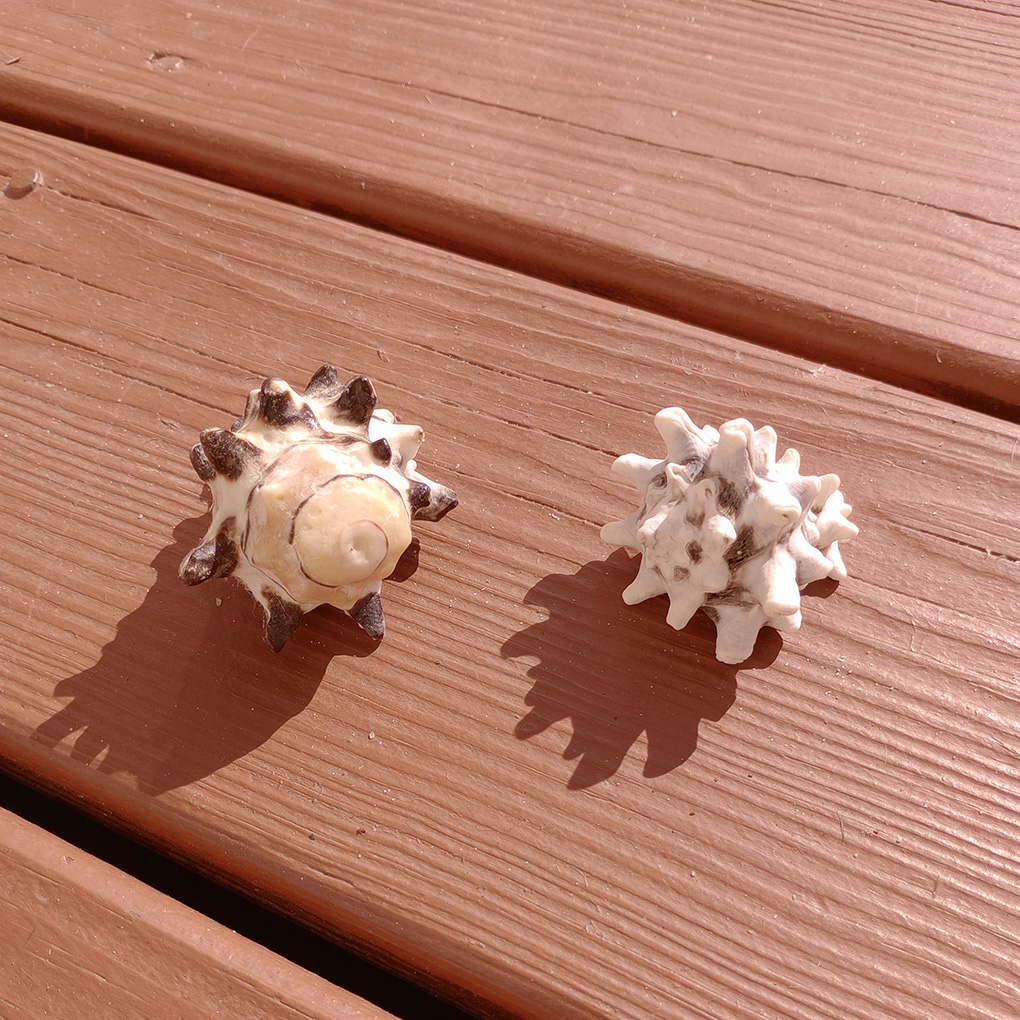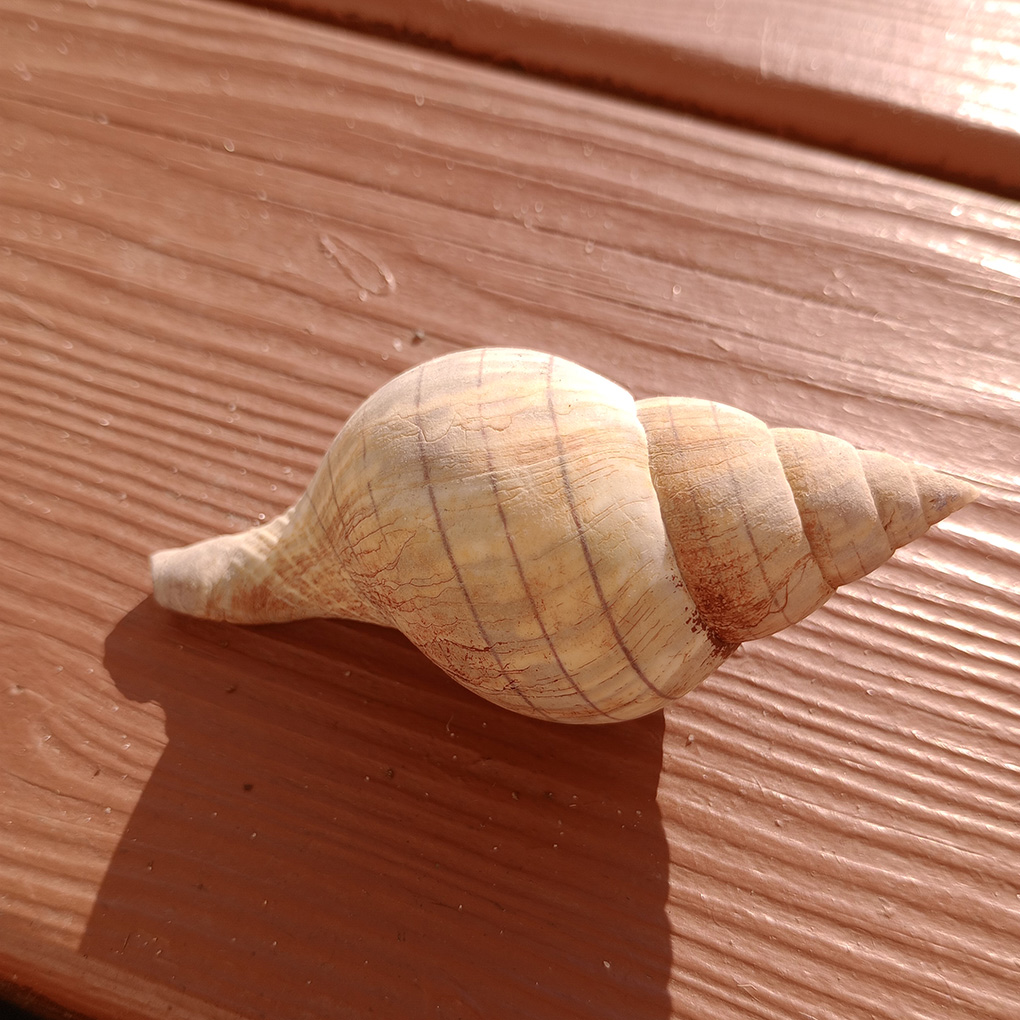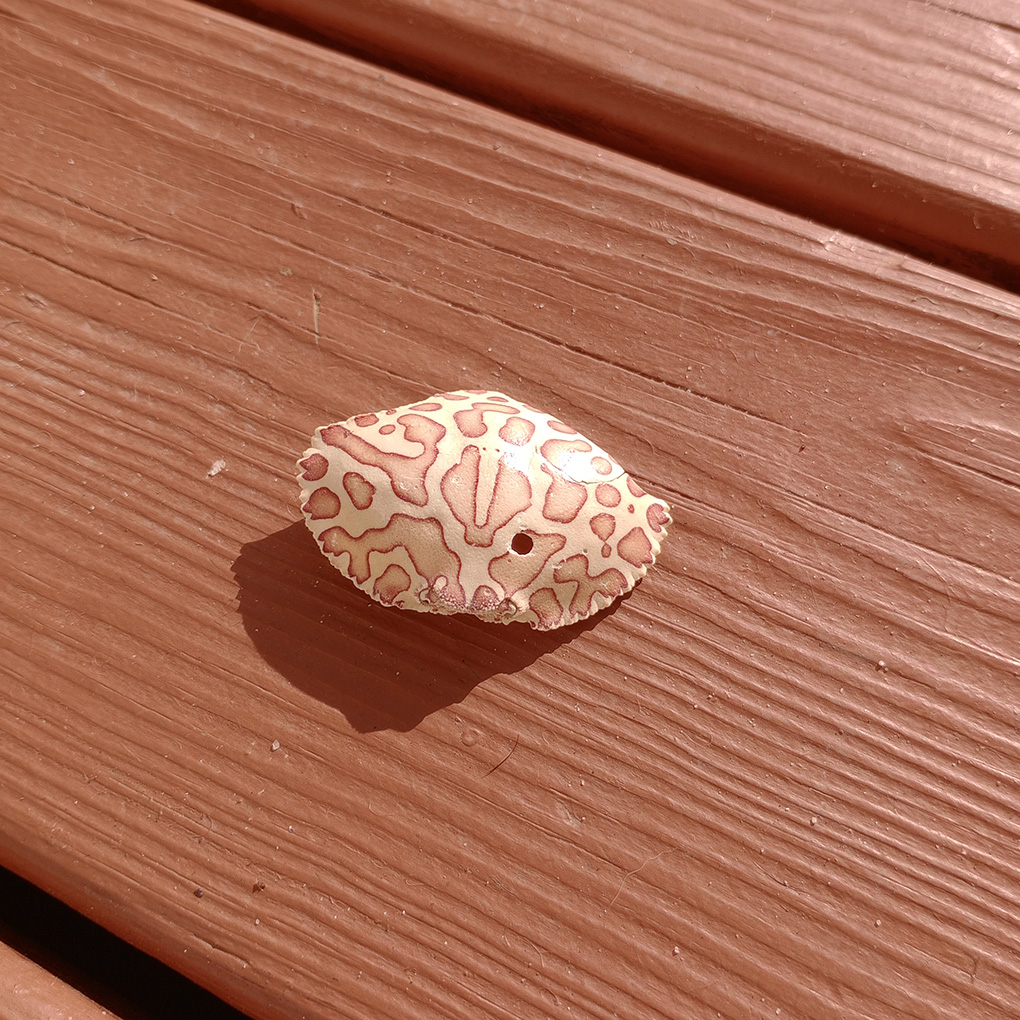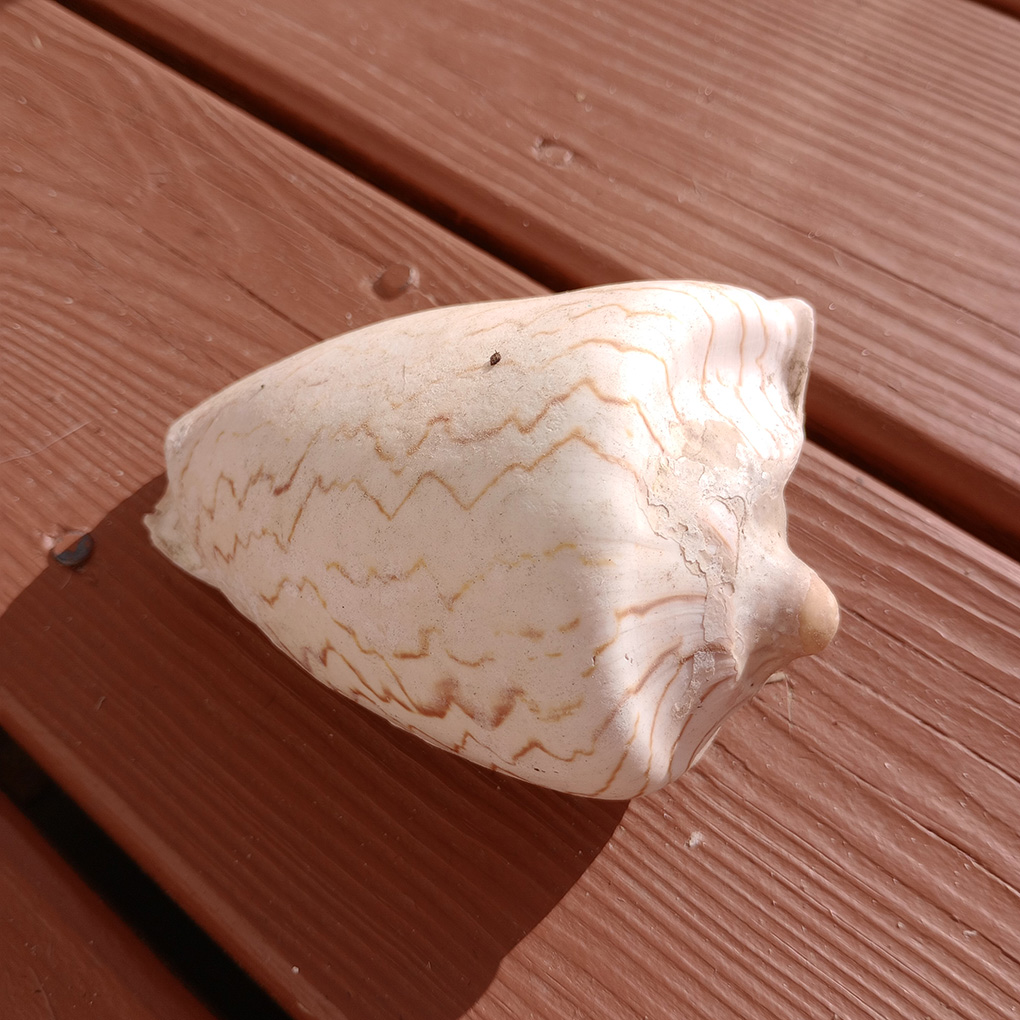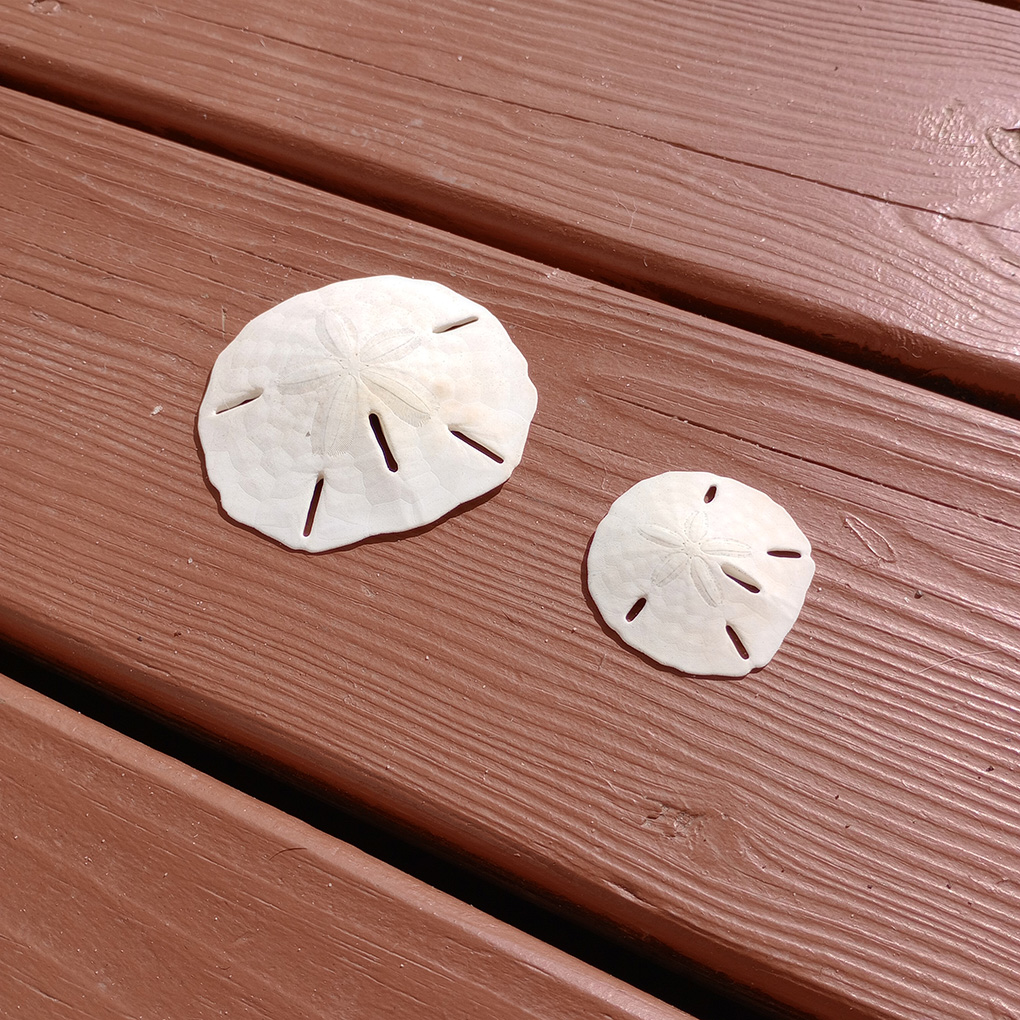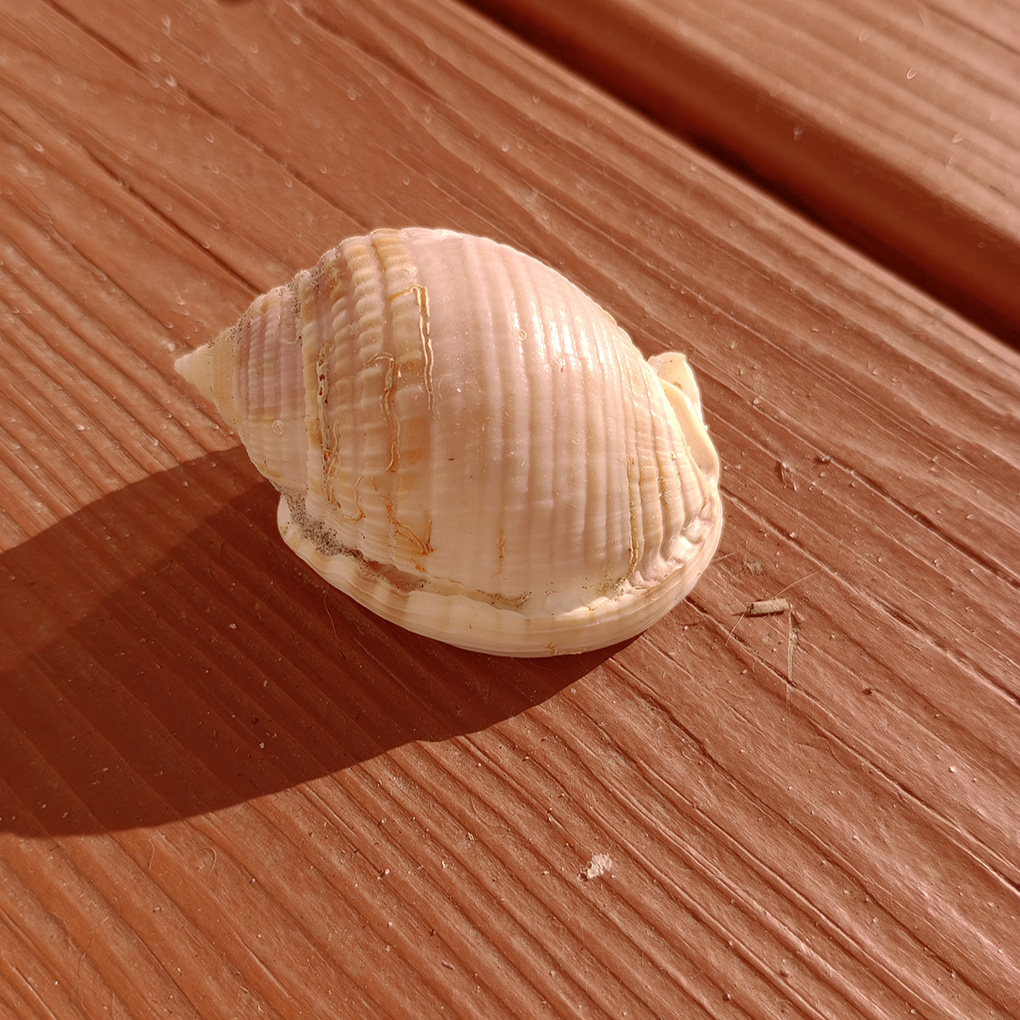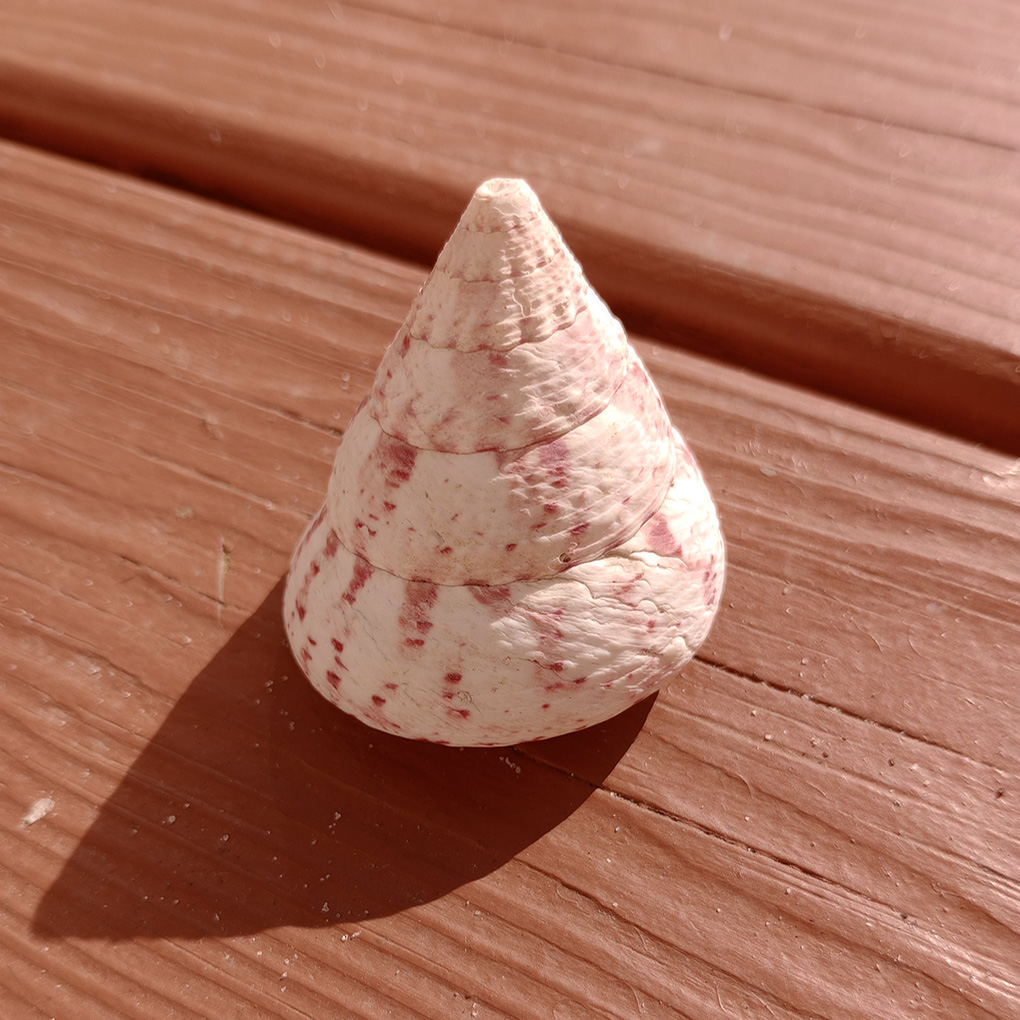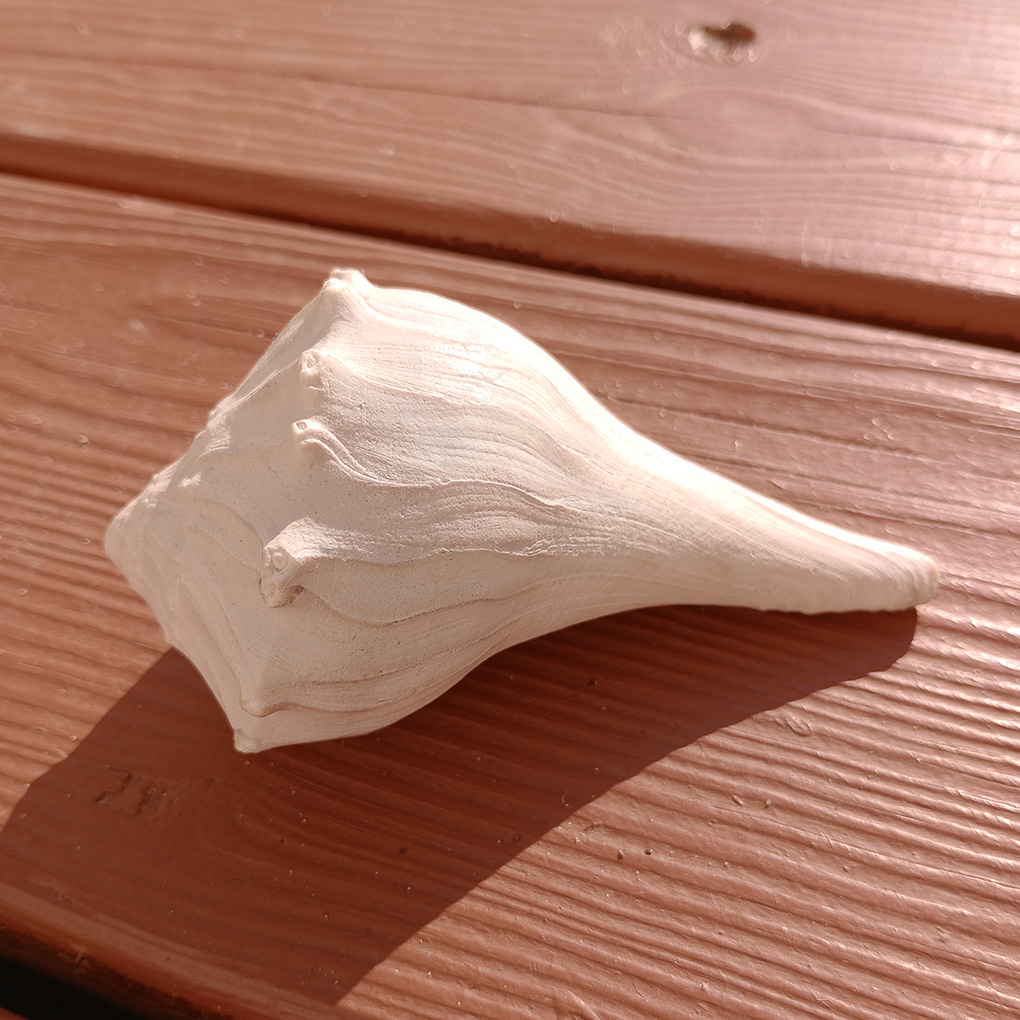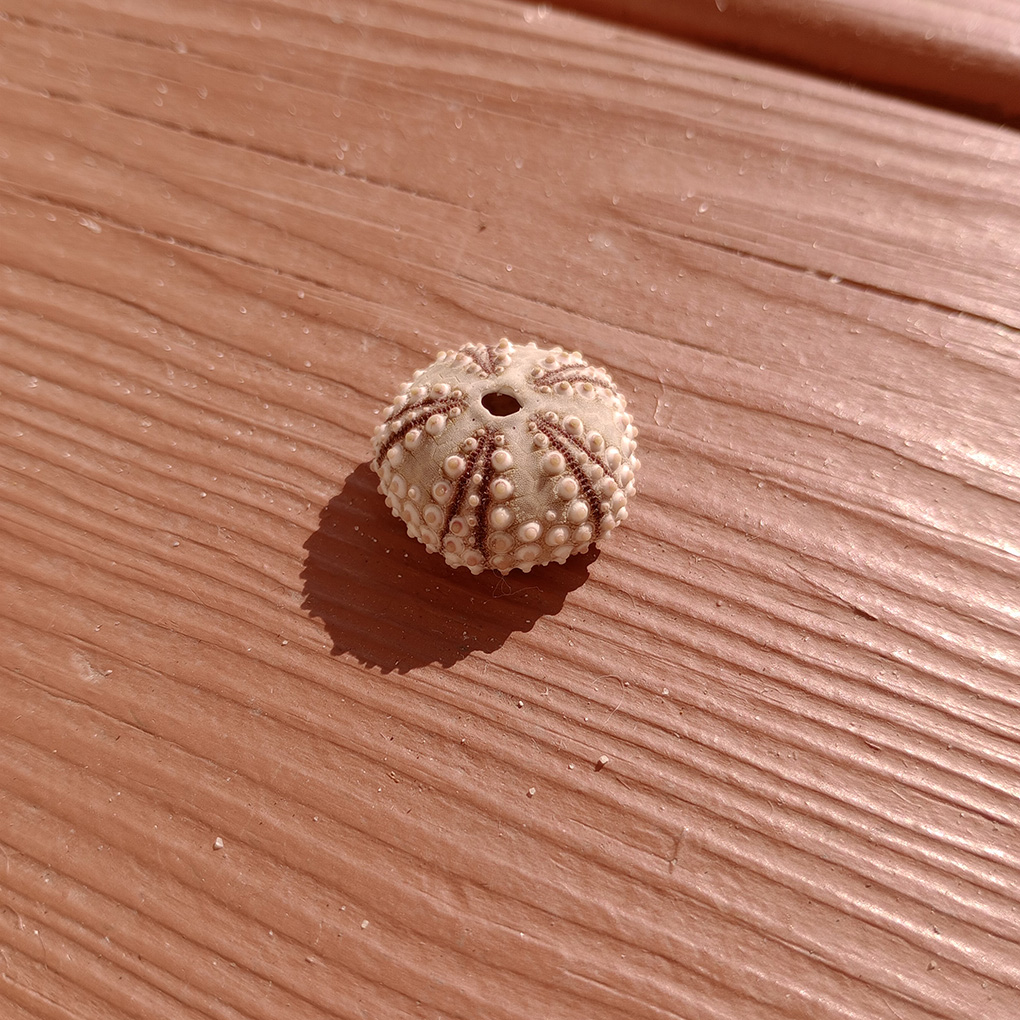Do you enjoy combing the beach for beautiful and interesting shells?
Whether you enjoy shelling to create new crafts, collecting memory pieces for all the places you’ve traveled, or just love finding shells for your collection, our North Carolina beaches are full of all types of shells. Most of the images I’ve displayed in this post are from North Topsail Beach and Emerald Isle. I’ve shared a few helpful tips on how best to find the unique treasures you’re after when you are on your next vacation. Location and timing are vital.
Low Tide
Low tide is the best time to go shelling because as the tide goes out, you will be able to walk the shoreline and see what the waves brought in and left. In the summer, you’ll be able wade out further in the water with a sand dipper and lift up any shells you might see under the shallow water to determine if they are keepers. As a gentle reminder, if there any living creatures still living in the shell, please return them back to the sea.
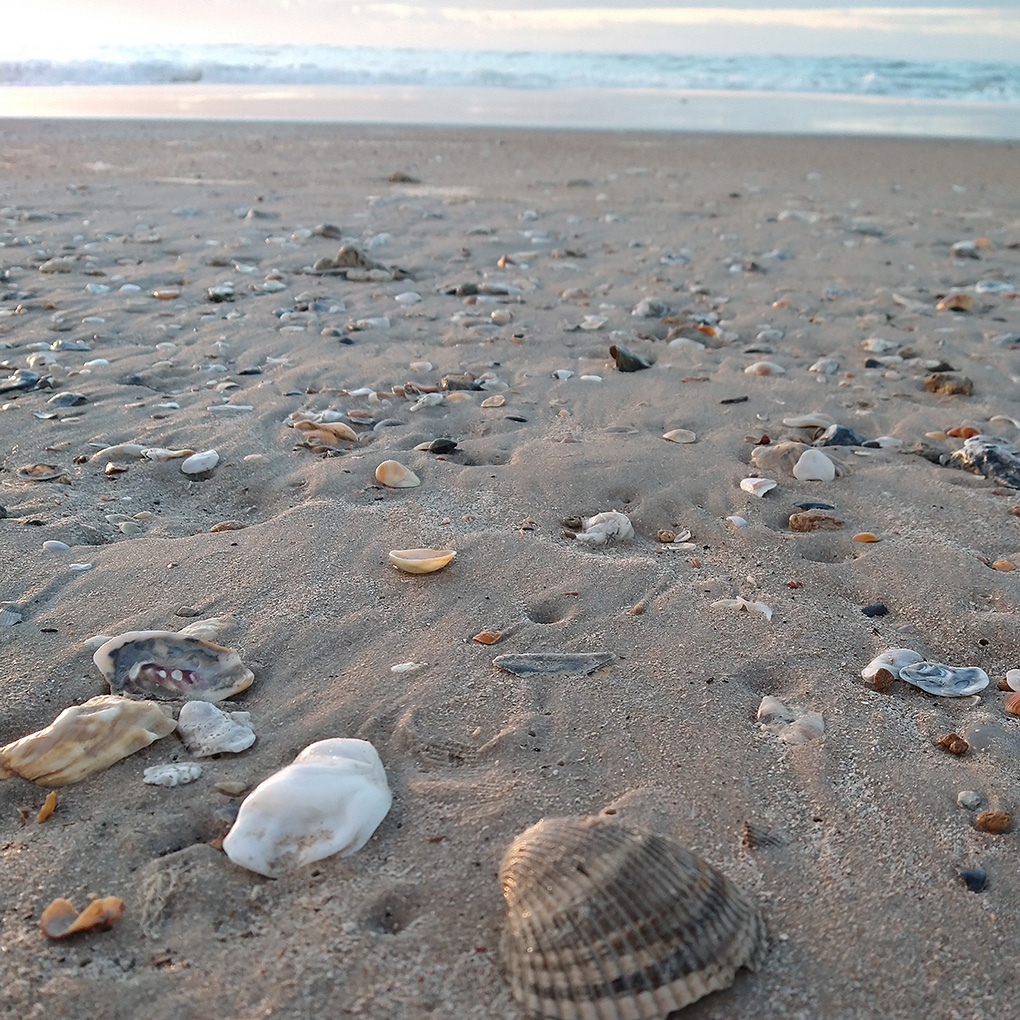
Dawn & Sunrise
Getting out first thing in the morning before sunrise, is a great time to comb the beach for shells. The early risers will be able to find the best treasures first. By mid-morning a lot of the best finds will have already been discovered. Be sure to carry a bag or bucket with you, as you gather your collection.
After Storms
Another great time to go shelling is after a quick summer storm or a large tropical storm when many shells are churned up by the winds and heavy currents and higher than normal tides. This can occur a few hours to days after the storm. In addition to shells, you may find pieces from old wrecks, sea glass, sharks teeth, old sea fossils and lots of interesting finds to pique your curiosity. For instance, here on North Topsail lots of pieces of black asphalt often appear from an old road that the sea consumed years ago.
If you would like to learn more about this road, here is an article on Topsail Magazine with a bit more information. Below is an image I captured of the remnants of this old road that is now under the sea. When the tide is very low, we can still see what is left of it. It’s hard to believe that people used to drive on this road and the ocean used to be so much further back. It really brings to light the erosion that is happening on our sandy shores.
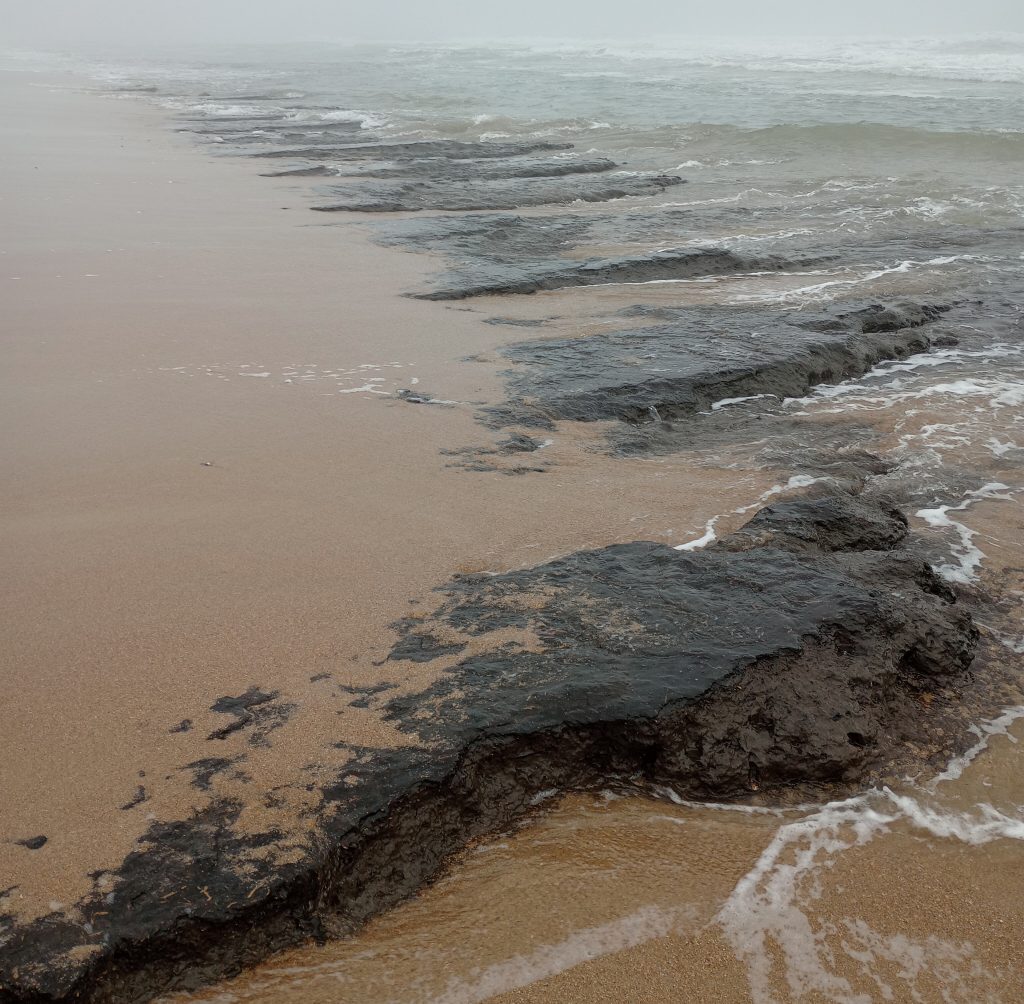
Location
Little tidal pools can leave a treasure of goodies. These are shallow pools of water where shells are easy to spot. The fishing piers are a great place to check under and around for shells. As shells often wash up around these structures and may become trapped by the additional structures and barnacles that tend to form on them. The north and south ends of Topsail Island are excellent options where the inlets and currents flow stronger than anywhere else. Where there is moving water, there is typically more fish and shellfish moving about.
Common Shells on North Carolina Beaches
While this is not an exhaustive list, I’ve included items that we typically see on a regular basis with images from our collection. I’ve tried to keep things simple and generic in regard to identifying these shells and have avoided their scientific names. Some of these shells may be known by other nicknames as well, but I’ve listed them with the name I’m most familiar with and what you will most likely hear from other people.
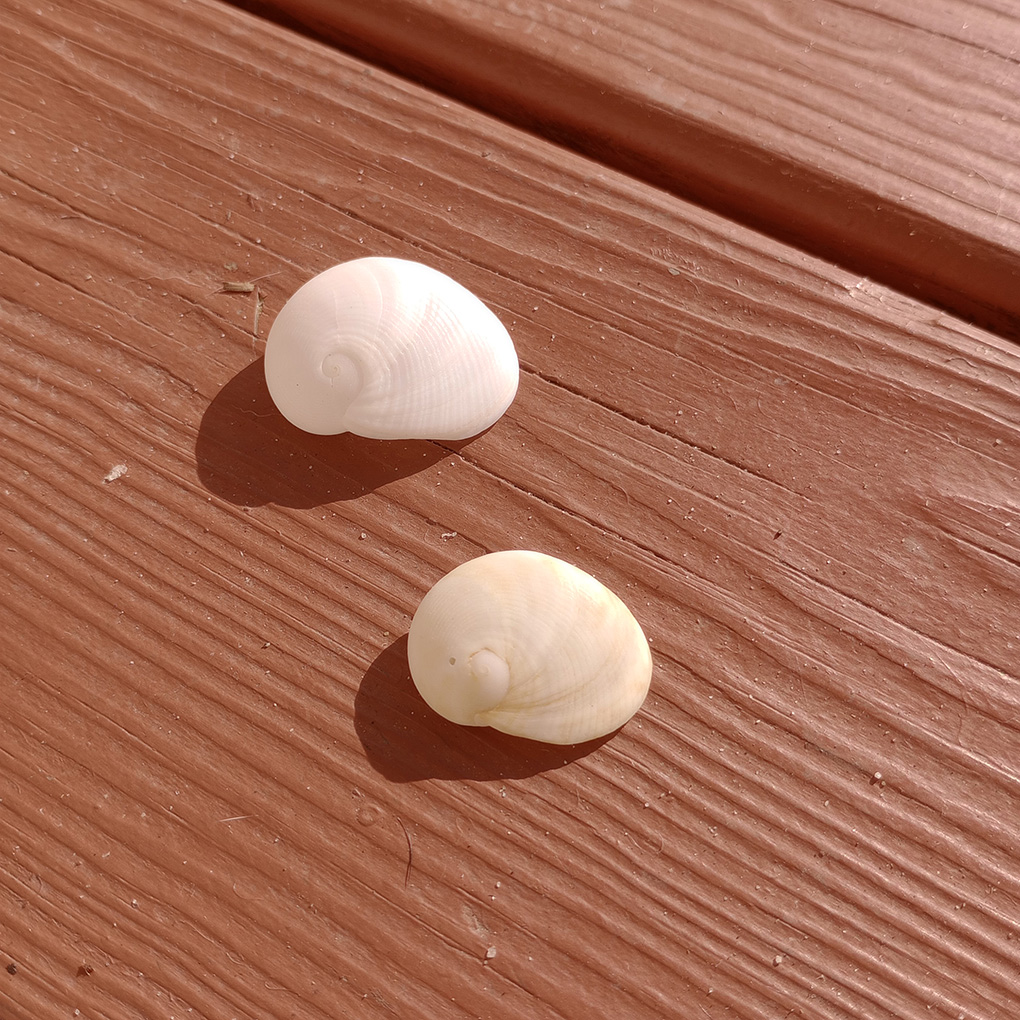

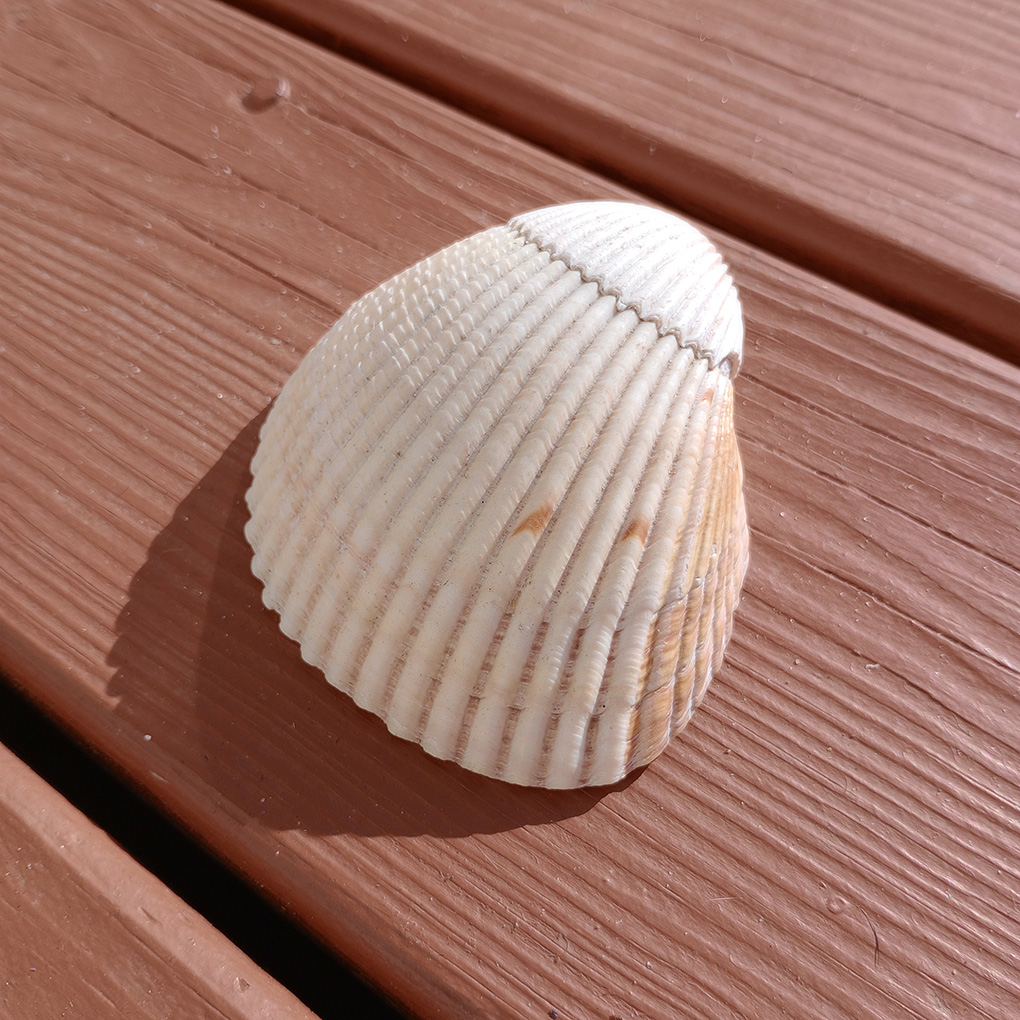


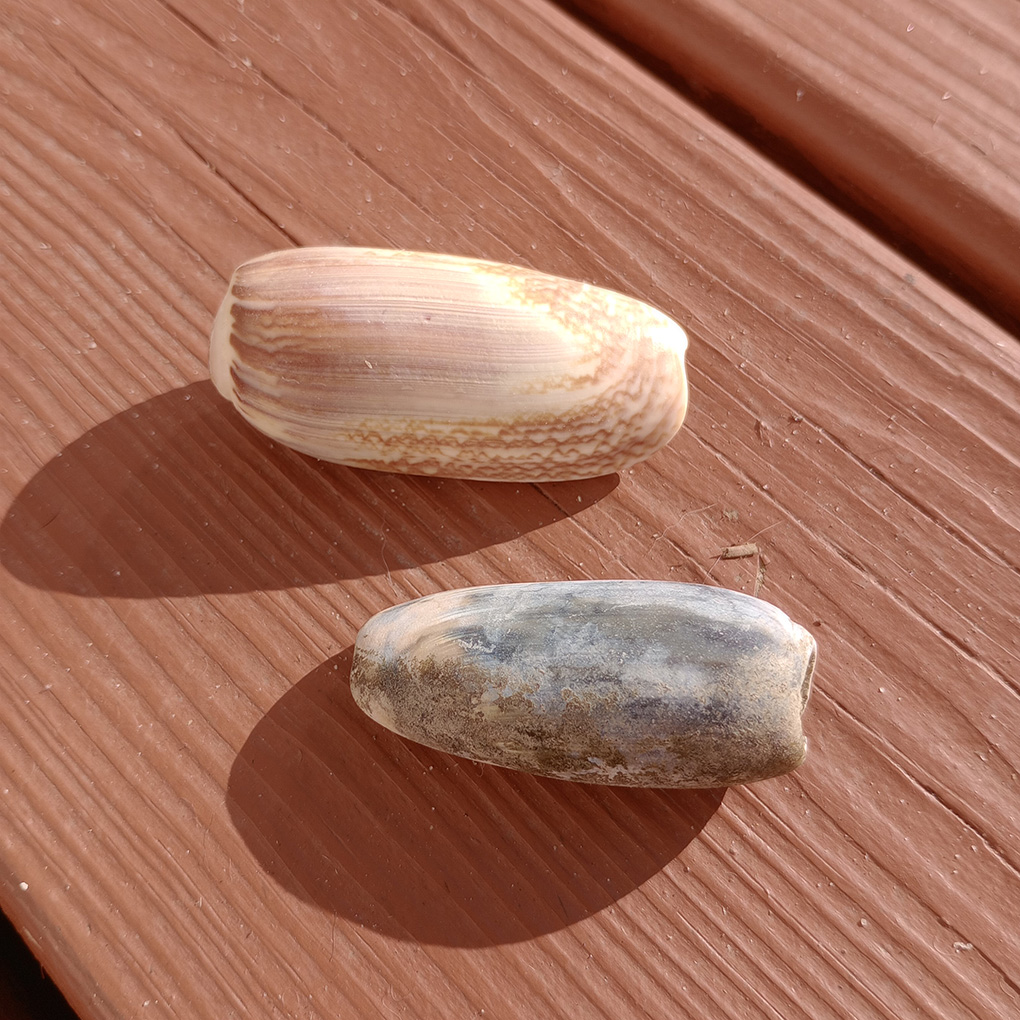
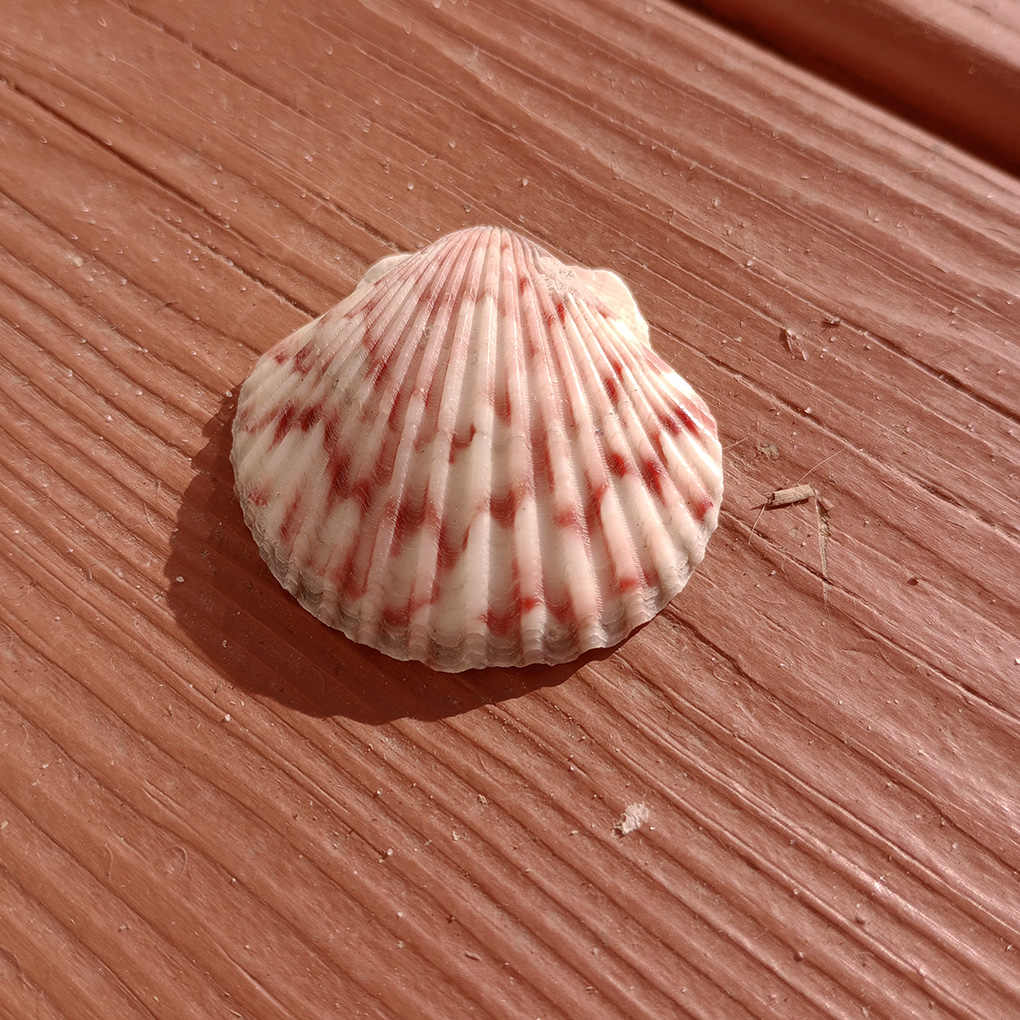

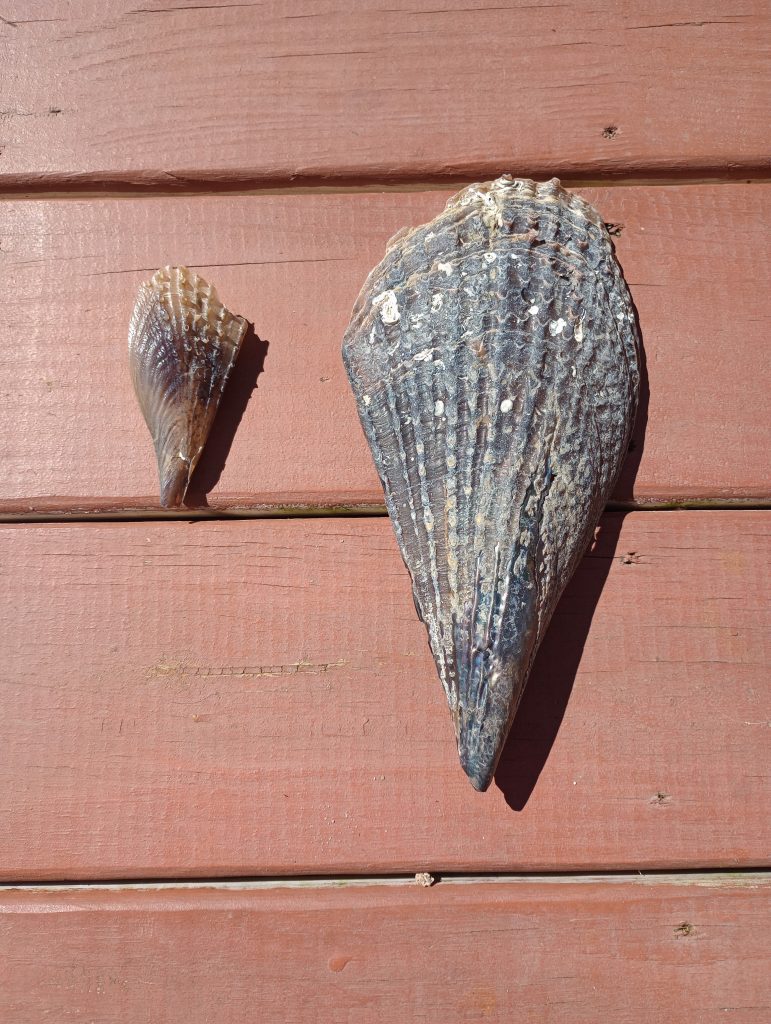

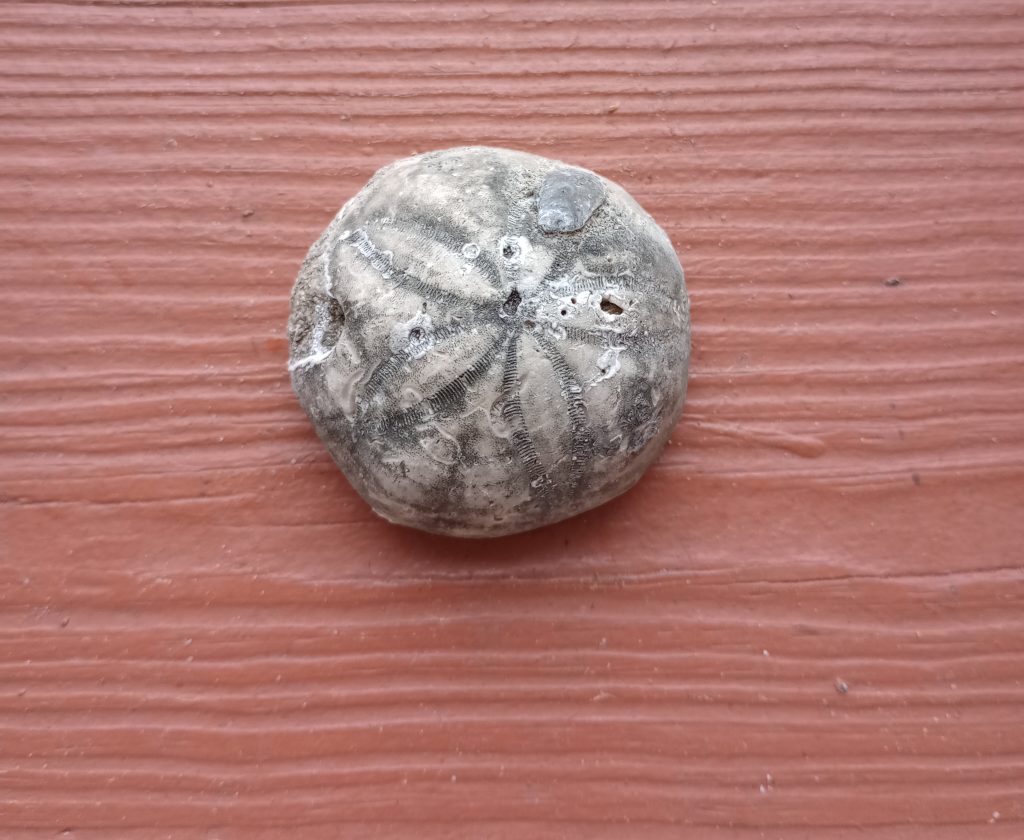
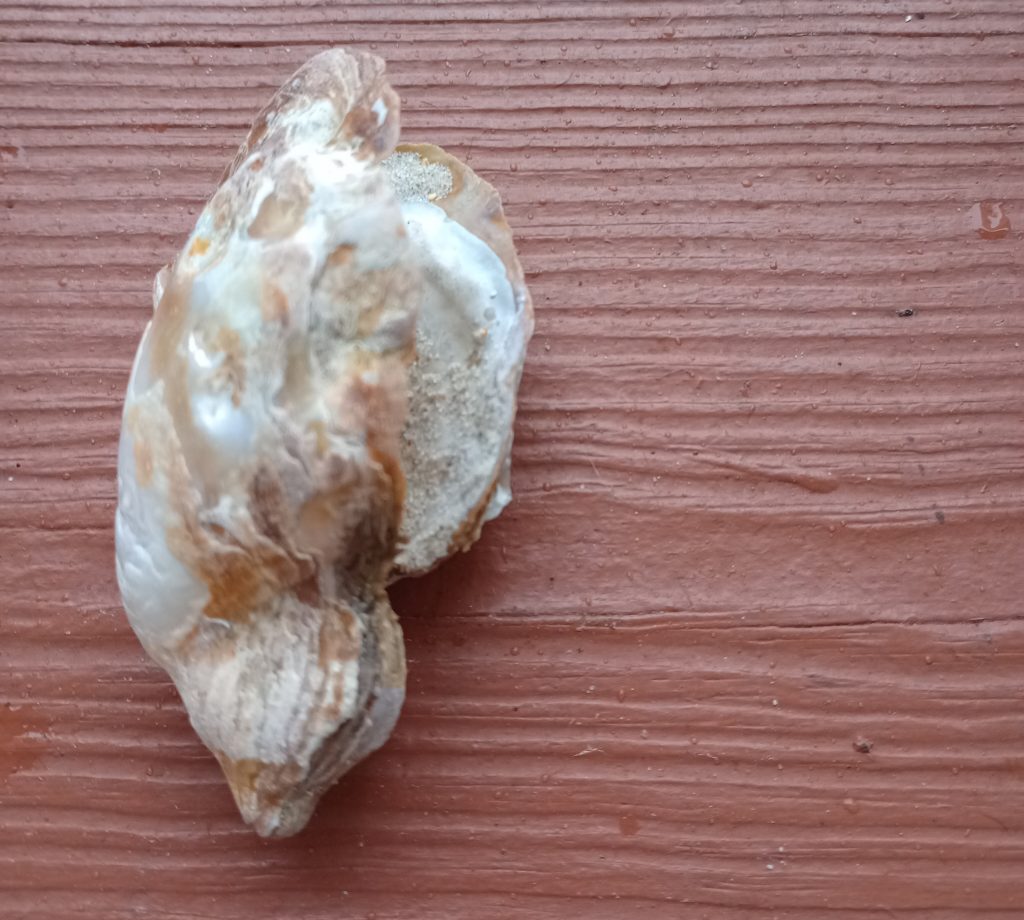
Rare Shells on North Carolina Beaches
All of the shells in the rare gallery can be found on our North Carolina beaches, but they are harder to find, especially on North Topsail Island where I live. For instance, you can find starfish on the island, but we haven’t included any as they are seen less often. While the Scotch Bonnet shell is the official North Carolina shell, we only see these on occasion.
